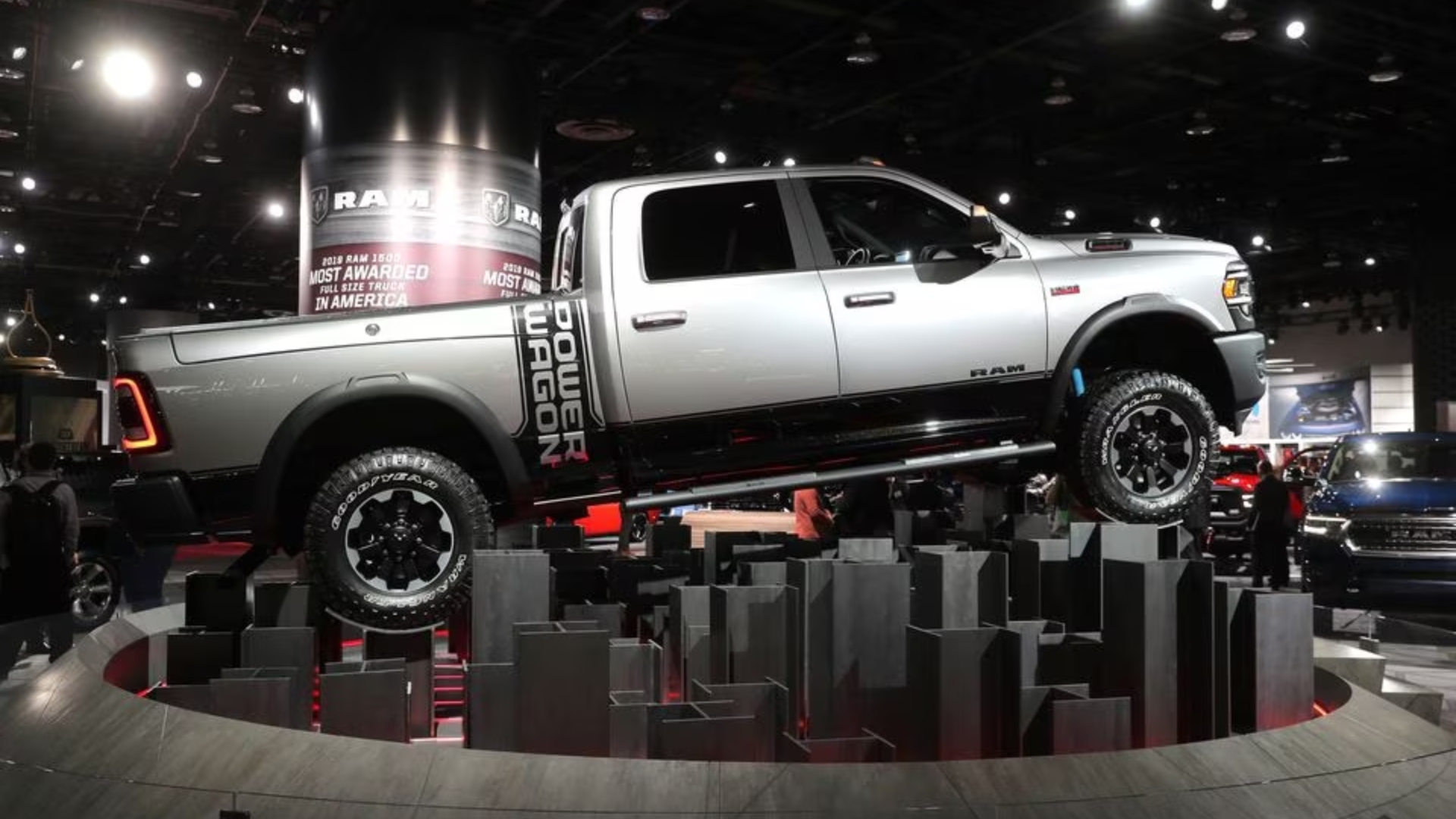BALOCCO, Italy, Oct 18 (Reuters) – Automaker Stellantis (STLAM.MI) aims to increase sales of its light commercial vehicles (LCV) by 25% through 2027 to catch up with global market leader Ford (F.N), the unit’s head said on Wednesday presenting the group’s new range.
The world’s third largest automaker sold 1.6 million LCVs globally last year under its Fiat, Peugeot, Citroen, Opel, Vauxhall and Ram brands, with revenues of around 60 billion euros ($63.4 billion), one third of its total annual sales.
“We want to be (global) number one in LCVs. The LCV’s Champions League is Ford, us and Toyota. To be number one we must beat Ford,” said Jean-Philippe Imparato, adding last year Ford sold 300,000 more LCVs than Stellantis.
Stellantis LCV sales amounted to 1.1 million units so far in 2023, while they are expected to total around 1.8 million for the full-year. The group on Wednesday said it had set up a specific unit, called Pro One, overseeing activities of its LCV business.
Imparato, who also heads Stellantis’ Alfa Romeo premium brand, said scope for revenue expansion would mainly come from vans in North America, where the upcoming offer will include the Ram ProMaster EV, and from pick-ups in South America, Africa and Asia, with a key role for a growth of the Ram brand beyond its U.S. home market.
“(Production) capacity is not a problem,” Imparato said.
Stellantis, which is currently number one LVC maker in Europe and South America, on Wednesday presented its revamped line-up of 12 compact, medium and large vans for the Fiat, Peugeot, Citroen, Opel/Vauxhall brands at its Balocco test facility, in northern Italy. They are all based on the group existing X250 and EMP2 LCV-specific platforms.
As part of its plan to 2030, Stellantis, formed in 2021 through the merger of Fiat Chrysler and France’s PSA, aims to double its revenues from LCVs versus 2021 and have 40% of LCV sales from zero-emission vehicles. ($1 = 0.9461 euros)
Reporting by Giulio Piovaccari Editing by Keith Weir











